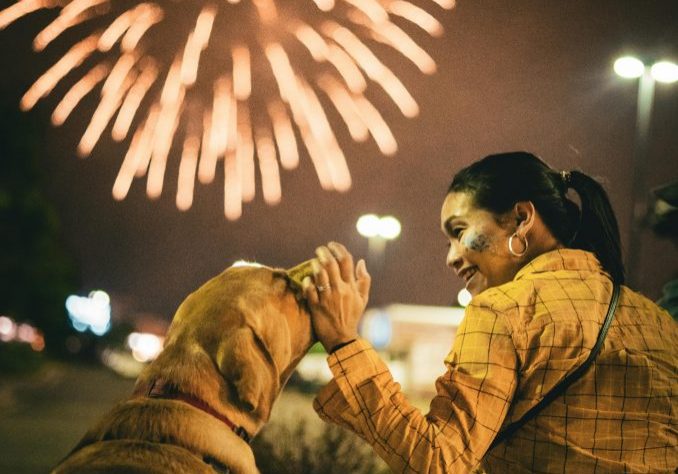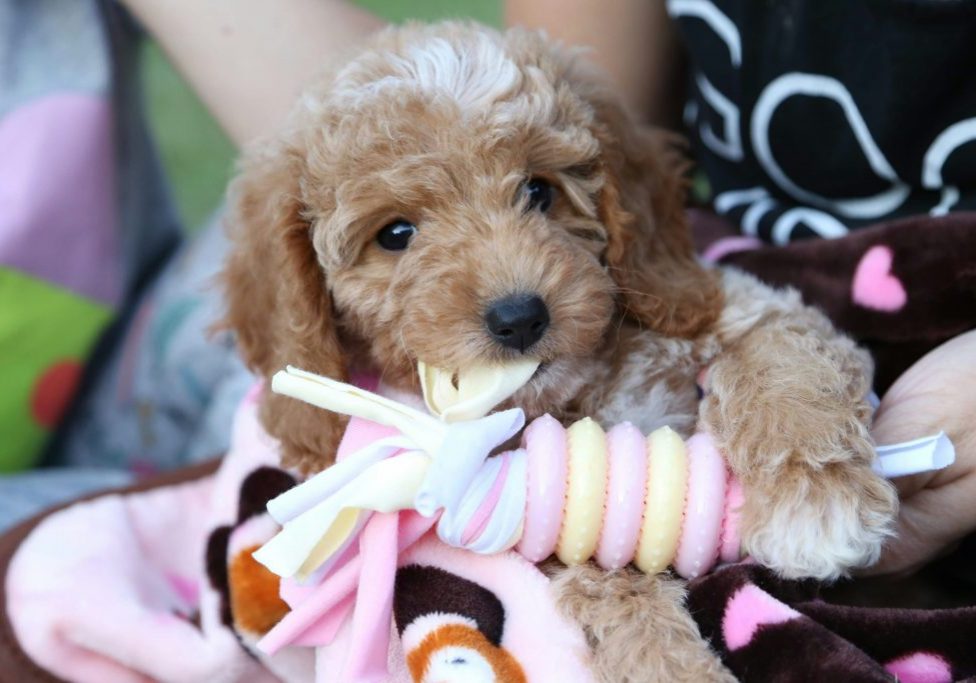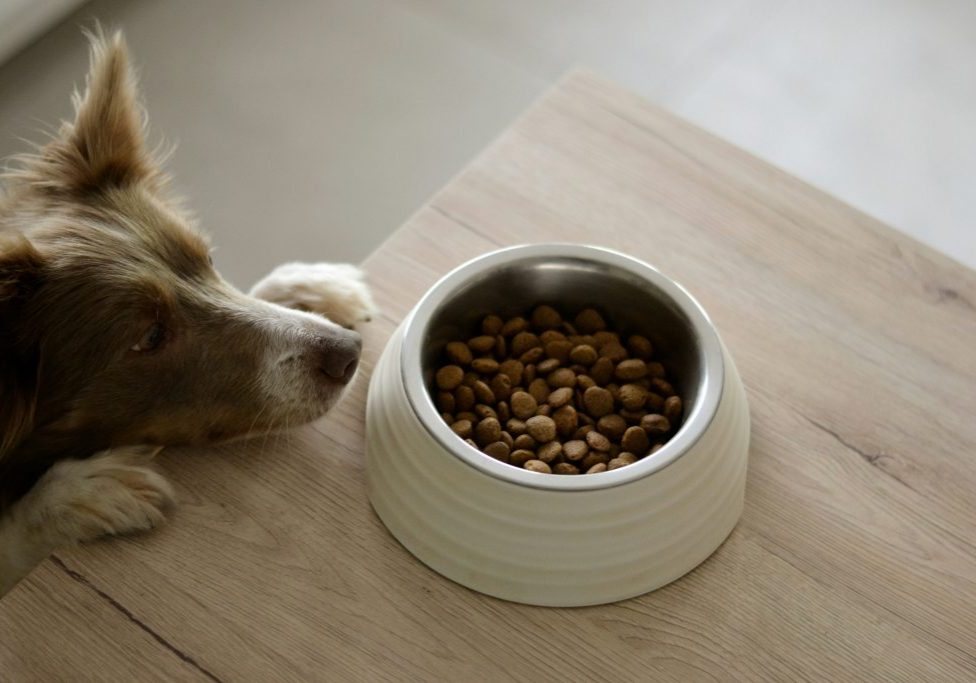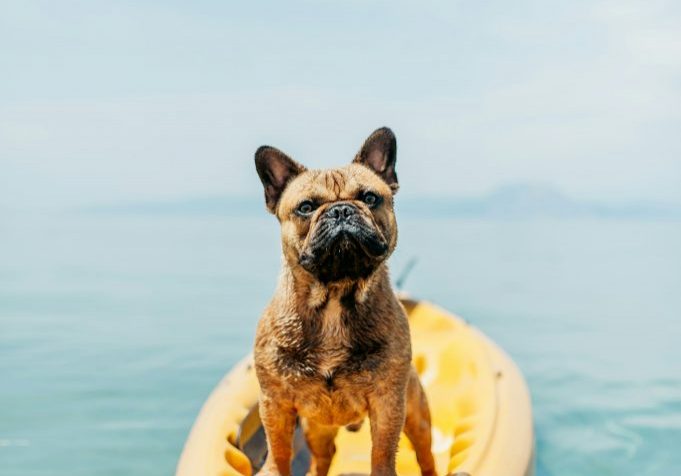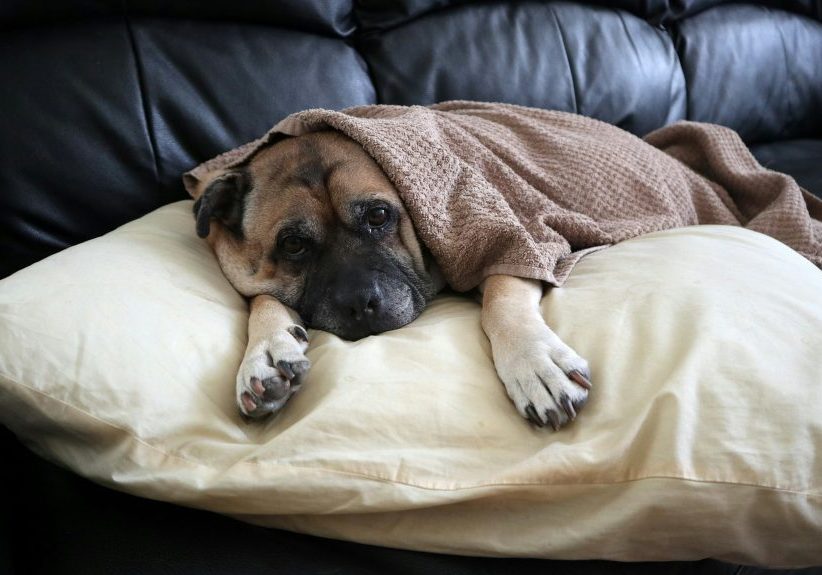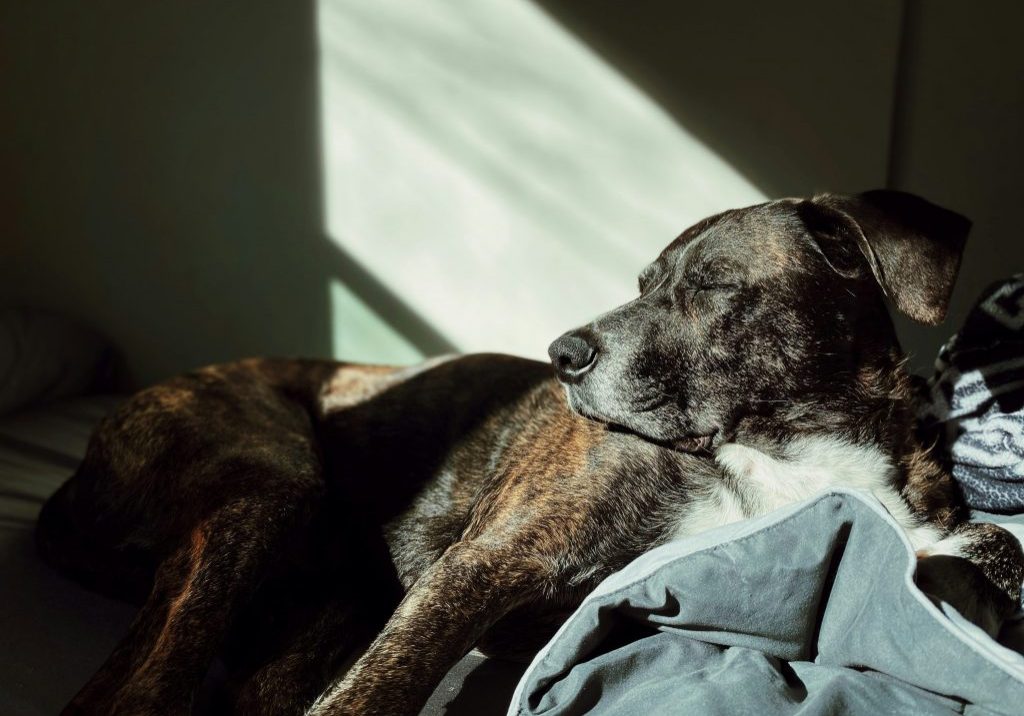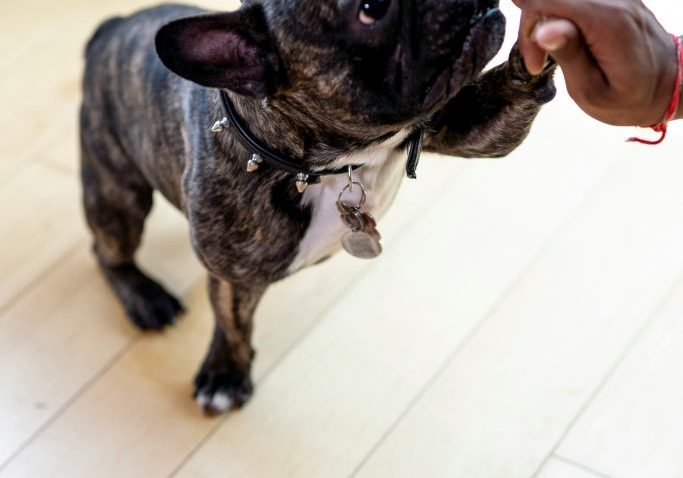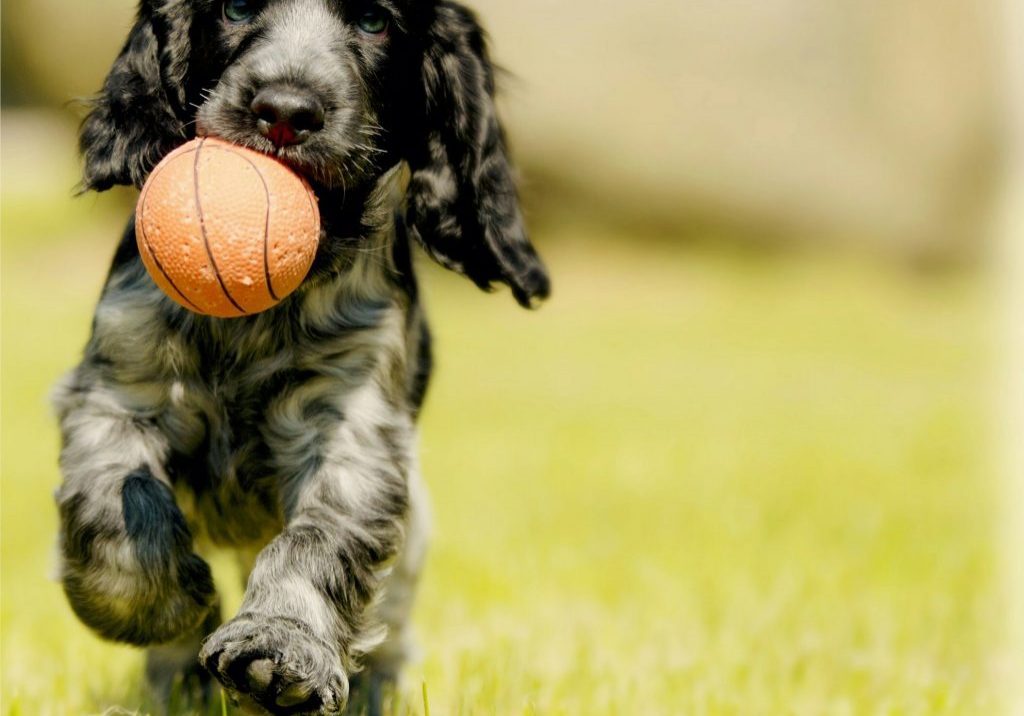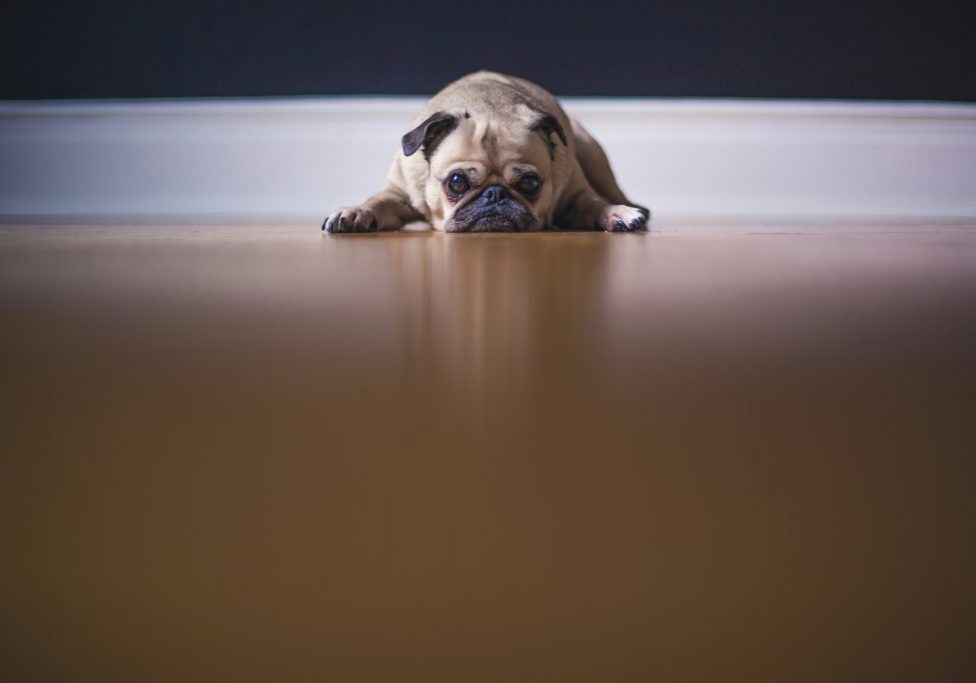Taking Your Puppy in the Car
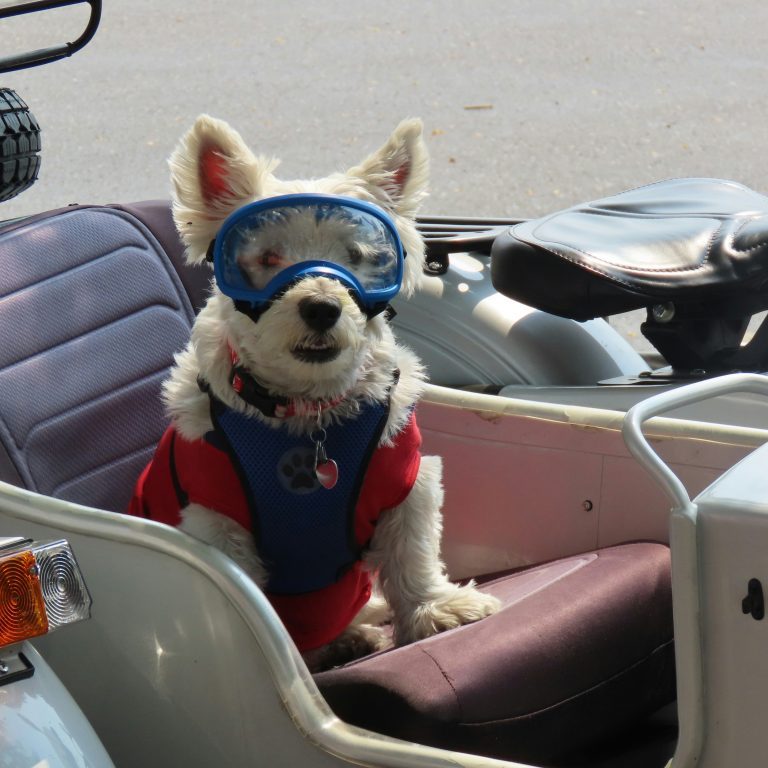
hwllo-sniffer.co.uk/taking-your-puppy-in-the-car
December 5, 2024
Sniffer_Admin
The first time you buckle up and bring your puppy along for the ride can feel like an adventure—and maybe a bit of a challenge. Whether you’re headed to the vet, visiting friends, or just taking them out to explore the world, traveling in the car is a skill your puppy will need to learn.
Some dogs take to car rides like naturals, snoozing in the backseat or happily watching the world go by. Others? Not so much. From whines and wiggles to outright car sickness, things can get a little bumpy. Let’s talk about how to make car journeys safe, comfortable, and stress-free for both of you.
Getting Ready for the Road
Before you even think about turning the ignition key, it’s important to prepare. Car rides might be second nature to us, but for puppies, they’re a completely new experience.
- Start Small: Begin with short journeys to help your puppy get used to the motion and sounds of a car. A quick five-minute drive around the block is a good place to start.
- Safety First: In the UK, it’s a legal requirement for dogs to be safely restrained in the car. You can use a harness that clips into the seatbelt, a pet carrier, or even a dog guard in the boot. Not only does this keep your puppy safe, but it also reduces distractions for you as the driver.
- Create a Comfortable Space: Add a blanket or a familiar toy to help your puppy feel secure. Their scent on these items can be a comforting reminder of home.
The First Ride
You’ve prepped the car, secured your pup, and now it’s time for that first trip. Here’s how to keep it smooth:
Stay Calm
Your puppy is watching you for cues. If you’re relaxed and upbeat, they’re more likely to settle down. A little chatter or reassurance can work wonders—just don’t overdo it.
Keep It Short
For their first outing, stick to a short journey, like to a nearby park or even just around the neighbourhood. Gradually increase the length of trips as they get more comfortable.
Avoid Feeding Right Before
It’s best not to feed your puppy right before a car ride, especially if they’ve never been in a car before. A full tummy and the motion of the car can lead to an unhappy combination.
Handling Car Sickness
Not all puppies are born to be backseat passengers. Some might drool excessively, whimper, or even vomit during their early rides. If your pup is prone to car sickness, here are some tips:
- Open the Windows Slightly: Letting in a bit of fresh air can help reduce nausea.
- Take Breaks: On longer trips, stop every so often to let your puppy stretch their legs and get a break from the motion.
- Consult Your Vet: If car sickness becomes a persistent issue, your vet might recommend medication or suggest other strategies.
Building Positive Associations
The goal is to make car rides something your puppy looks forward to. This doesn’t happen overnight, but consistency and patience can go a long way.
- Reward Good Behaviour: Use treats or praise to reinforce calm and relaxed behaviour in the car.
- Fun Destinations: Mix in trips to enjoyable places like the park or a safe walking trail—not just the vet or groomer. Puppies quickly learn to associate the car with what happens at the end of the journey.
Keeping Your Puppy Safe
It’s not just about comfort—there are practical safety considerations too.
- Never Leave Them Alone: Even on a mild day, the temperature inside a car can rise alarmingly fast. If you need to stop, bring your puppy with you.
- Secure Windows: Puppies are curious creatures, and an open window can be too tempting. Use window locks or keep them only slightly ajar.
- Mind the Airbags: If your puppy is in the front seat, make sure airbags are disabled. They’re designed for humans and can be dangerous for dogs.
Longer Road Trips
If you’re planning a longer journey, like visiting family or heading off on holiday, a bit more planning is needed.
- Pack a Puppy Bag: Bring along water, a travel bowl, some food, and poop bags. A few toys and a blanket don’t hurt either.
- Plan Stops: Look for dog-friendly stops along your route. A quick walk and a toilet break can make all the difference for your pup (and for you).
- Stick to Routine: As much as possible, keep feeding and toilet schedules consistent with what your puppy is used to at home.
What If They Hate the Car?
Some puppies are naturally wary of car rides, no matter how much preparation you do. If yours seems scared or resistant, take it slow.
- Sit in the Car Without Driving: Start by just sitting in the parked car with your puppy, giving them treats and reassurance. Gradually build up to turning the engine on and taking short trips.
- Desensitize Slowly: Let your puppy explore the car when it’s stationary, sniffing around and getting familiar with the space.
- Seek Professional Advice: If the fear persists, a dog trainer or behaviourist can help work through it.
The Long-Term Benefits
Getting your puppy used to car rides isn’t just about convenience—it’s about opening up the world to them. From trips to the beach to visits with family, being a confident car passenger lets your puppy be part of so many more adventures.
It’s also a vital skill in case of emergencies, whether it’s a sudden vet visit or needing to travel unexpectedly. The more comfortable your puppy is in the car, the less stress for both of you when these moments arise.
Final Thoughts
Every puppy is different, and while some might settle into the car straight away, others might need a little time and patience. The key is to stay positive, take it one step at a time, and focus on making each journey as enjoyable as possible.
Remember, it’s not just about getting from A to B—it’s about creating memories along the way. And who knows? Before long, your puppy might just be the one begging for a road trip.
